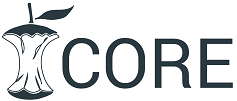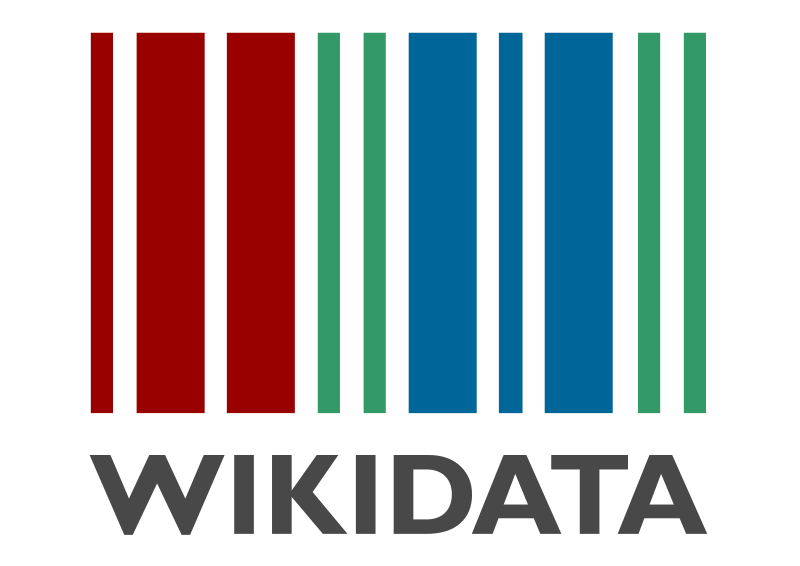Evaluation of Cost Drivers with Fuzzy AHP and Fuzzy TOPSIS Methods
Abstract
Cost drivers are tools used to allocate production overheads to products or services. Although these tools vary according to the nature of the activity performed, they guide managers in determining the costs of products or services. Despite this strategic role, they are used in most businesses with intuitive approaches. This attitude causes erroneous results in cost calculations, making it difficult to manage production costs effectively.
The aim of this study is to evaluate the cost drivers used in the calculation of production costs with scientific approaches and to make suggestions to the practitioners. For this purpose, cost drivers were evaluated by using AHP and TOPSIS methods, which are multi-criteria decision making methods, with an integrated approach, and suggestions were made for practitioners to overcome these difficulties. In the evaluation process, the criteria used in determining the cost drivers were AHP, and the TOPSIS method was used in the ranking of the cost drivers To minimize the subjective effects of the data used in the research, AHP and TOPSIS methods are integrated with fuzzy set theory.
As a result of the analyzes made, it has been determined that the most effective criterion in the selection of cost drivers is the performance improvement criterion, while the other criteria, which are followed by the criteria of suitability for activity, being understandable and being related to the cost, have a very low effect. However, it has been seen that the most appropriate cost distribution key for the company is the general overhead costs.
Metrics
References
Akman, G. & Alkan, A. (2006), Tedarik Zinciri Yönetiminde Bulanık AHP Yöntemi Kullanılarak Tedarikçilerin Performansının Ölçülmesi: Otomotiv Yan Sanayiinde Bir Uygulama, İstanbul Ticaret Üniversitesi Fen Bilimleri Dergisi, 5, 9, 23-46.
Arzova, S. B. (2002), Faaliyet Tabanlı Maliyet Yönetimi, 1. Baskı, İstanbul: Türkmen Kitabevi.
Babad, Y. M. & Balachandran, B.V. (1993), Cost Driver Optimization in Activity-Based Costing, The Accounting Review, 68, 3, 563-575.
Can, A. V., Göksu, A. & Faydalı, F. (2018), Maliyet Dağıtım Anahtarlarının Bütünleşik Karar Verme Modeli İle Seçimi, Muhasebe ve Vergi Uygulamaları Dergisi, 11, 3, 363-391. DOI: https://doi.org/10.29067/muvu.398405
Chang, D.Y. (1996), Applications of The Extent Analysis Method on Fuzzy AHP, European Journal of Operational Research, 95, 3, 649-655. DOI: https://doi.org/10.1016/0377-2217(95)00300-2
Chen, C.T. (2000), Extensions of The TOPSIS for Group Decision-Making Under Fuzzy Environment, Fuzzy Sets and Systems, 114, 1-9. DOI: https://doi.org/10.1016/S0165-0114(97)00377-1
Cokins, G. & Capusneanu, S. (2010), Cost Drivers: Evolution and Benefits, Theoretical and Applied Economics, 17, 8, 7-16.
Cooper, R. (1988), The Rise of Activity-Based Costing - Part One: What is an Activity Based Cost System?, Journal of Cost Management, 2, 2, 45-54.
Cooper, R. & Kaplan, R. S. (1988), How Cost Accounting Distorts Product Costs, Management Accounting, 69, 10, 20-27.
Dağdeviren, M., Akay, D. & Kurt, M. (2004), İş Değerlendirme Sürecinde Analitik Hiyerarşi Prosesi ve Uygulaması, Gazi Üniversitesi Mühendislik Mimarlık Fakültesi Dergisi, 19, 2, 131-138.
Esmeray, M. & Güngör Tanç, Ş. (2009), Çevresel Maliyetlerin Mamullere Yüklenmesinde Kullanılan Dağıtım Anahtarlarının Seçiminde Analitik Hiyerarşi Yöntemi ve Bir Uygulama, Süleyman Demirel Üniversitesi İktisadi ve İdari Bilimler Fakültesi Dergisi, 14, 2, 241-260.
Foster, G. & Gupta, M. (1990), Manufacturing Overhead Cost Driver Analysis, Journal of Accounting and Economics, 12, 1-3, 309-337. DOI: https://doi.org/10.1016/0165-4101(90)90052-6
Geiger, D. R. (1999), Practical Issues in Cost Drivers Selection for Managerial Costing System, The Govermant Accountants Journal, 48, 3, 32-46.
Harrison, D. S. & William, G. S. (1996), Activity-Based Accounting for Improved Product Costing, Engineering Valuation and Cost Analysis, 1, 1, 55-64.
Homburg, C. (2001), A Note on Optimal Cost Driver Selelction in ABC, Management Accounting Research, 12, 197-205. DOI: https://doi.org/10.1006/mare.2000.0150
Kaptanoğlu, D. & Özok, A. F. (2006), Akademik Performans Değerlendirmesi İçin Bir Bulanık Model, İtüdergisiİ/d, 5, 1, 193-204.
Kim, K.J. & Han, I. (2003), Application of A Hybrid Genetic Algorithm and Neural Network Approach in Activity –Based Costing, Expert Systems with Applications, 24, 73-77. DOI: https://doi.org/10.1016/S0957-4174(02)00084-2
Levitan, A. & Gupta, M. (1996), Using Genetic Algorithms to Optimize the Selection of Cost Drivers in Activity-Based Costing, Intelligent Systems in Accounting, Finance and Management, 5, 129-145 DOI: https://doi.org/10.1002/(SICI)1099-1174(199609)5:3<129::AID-ISAF105>3.0.CO;2-S
Özçalıcı, M. & Kaya, A. (2019), Faaliyet Tabanlı Maliyetleme Tekniğinde Maliyet Sürücülerinin Analitik Hiyerarşi Prosesi ile Belirlenmesi: Bir Uygulama, İşletme Araştırmaları Dergisi, 11, 4, 3035-3050. DOI: https://doi.org/10.20491/isarder.2019.793
Ramadan, S. Z. (2015), Optimizing The Selection of Cost Drivers in Activity-based Costing Using Quasi-knapsack Structure, International Journal of Business and Management, 10, 7, 74-84. DOI: https://doi.org/10.5539/ijbm.v10n7p74
Rostamy, A. A., Shaverdi, M., Amiri, B. & Takanlou, F. B. (2012), Using Fuzzy Analytical Hierarchy Process to Evaluate Main Dimensions of Business Process Reengineering, Journal of Applied Operational Research, 4, 2, 69-77.
Saaty, T. L. (2008), The Analytic Hierarchy and Analytic Network Measurement Processes: Applications to Decisions under Risk, European Journal of Pure and Applied Mathematics, 1, 1, 122-196. DOI: https://doi.org/10.29020/nybg.ejpam.v1i1.6
Saaty, T. L. (1986), Axiomatic Foundation of The Analytic Hierarchy Process, Management Science, 32, 7, 841-855. DOI: https://doi.org/10.1287/mnsc.32.7.841
Schniederjans, M. J. & Garvin, T. (1997), Using the Analytic Hierarchy Process and Multi-objective Programming for The Selection of Cost Drivers in Activity-Based Costing, European Journal of Operation Research, 100, 72-80. DOI: https://doi.org/10.1016/S0377-2217(96)00302-5
Schwan, E. S. (1993), Activity-Based Costing; Something Old, Something New, The Mid-Atlantic Journal of Business, 30, 3, 295.
Shank, J. K. & Govindarajan, V. (1993), Strategic Cost Management: The New Tool for Competitive Advantage, New York: The Free Press.
Turney, P. (1992), Common Cents: The ABC Performance Breakthrough, Hillsboro: Cost Technology.
Ürkmez, S. Ö., Bilgili, E., Ziareti, R. & Stockton, D. (2008), Application of Novel Artificial Intelligent Techniques in Ship Building Using Activity Based Costing and Neural Networks, Proceedings of 2008 International Maritime Lecturers Association (IMLA 2008), İzmir.
Varila, M., Seppanen, M. & Suomala, P. (2007), Detailed Cost Modelling: A Case Study in Warehouse Logistic, International Journal of Physical Distribution & Logistic Management, 3, 37, 184-200. DOI: https://doi.org/10.1108/09600030710742416
Wang, P., Du, F., Lei, D. & Lin, T. W. (2010), The Choice of Cost Drivers in Activity-Based Costing: Application at A Chinese Oil Well Cementing Company, International Journal of Management, 27, 2, 367-380.






















